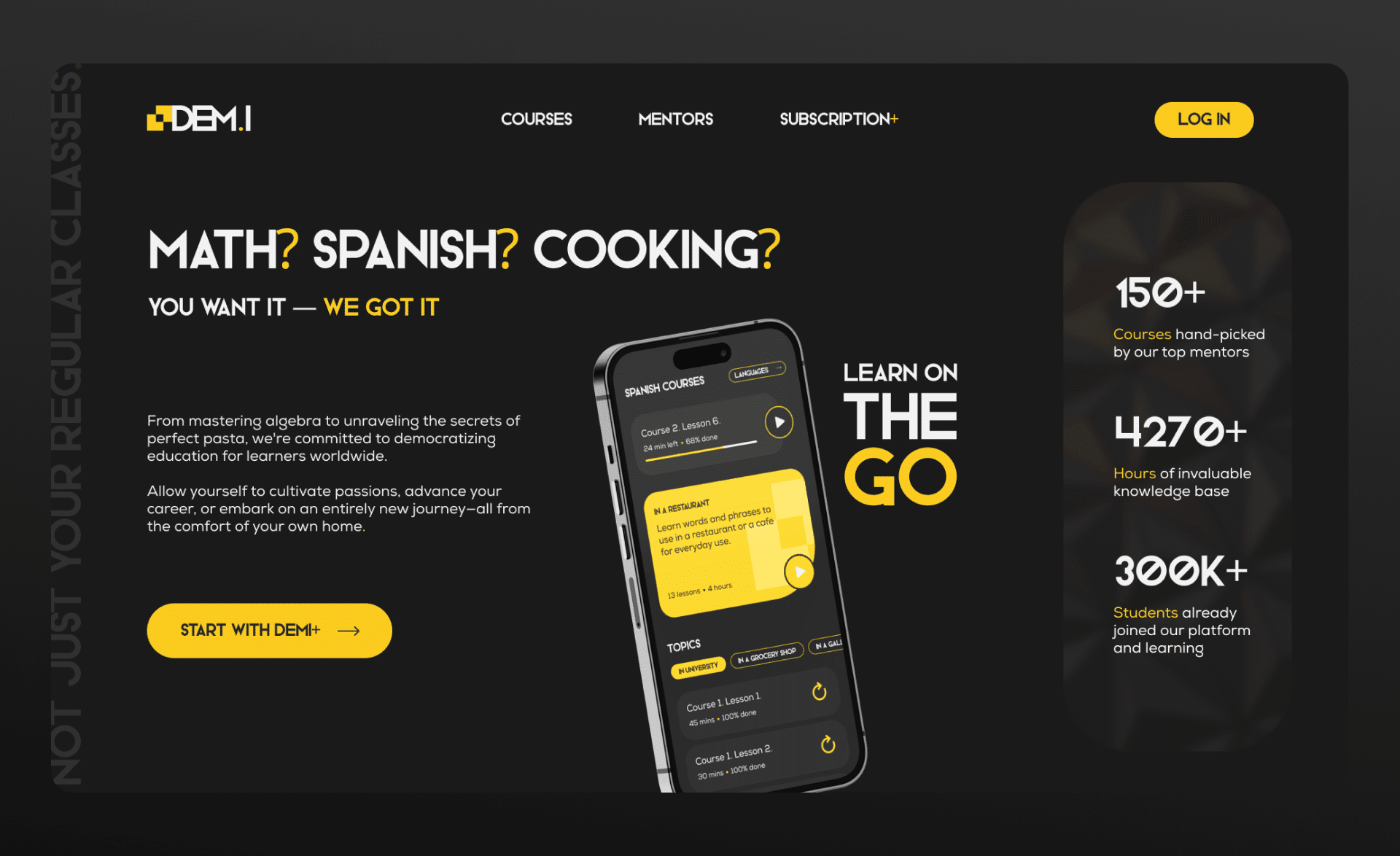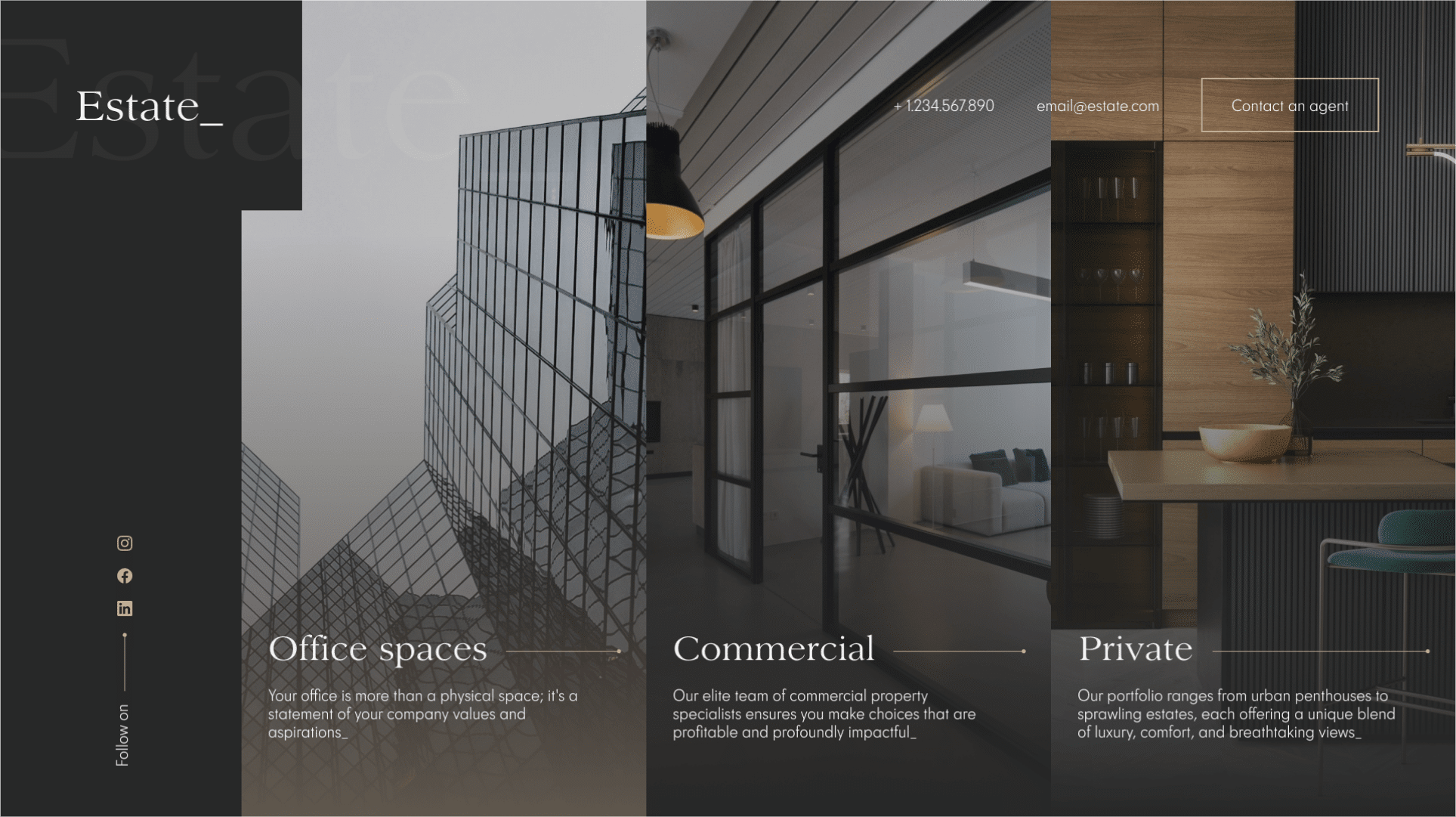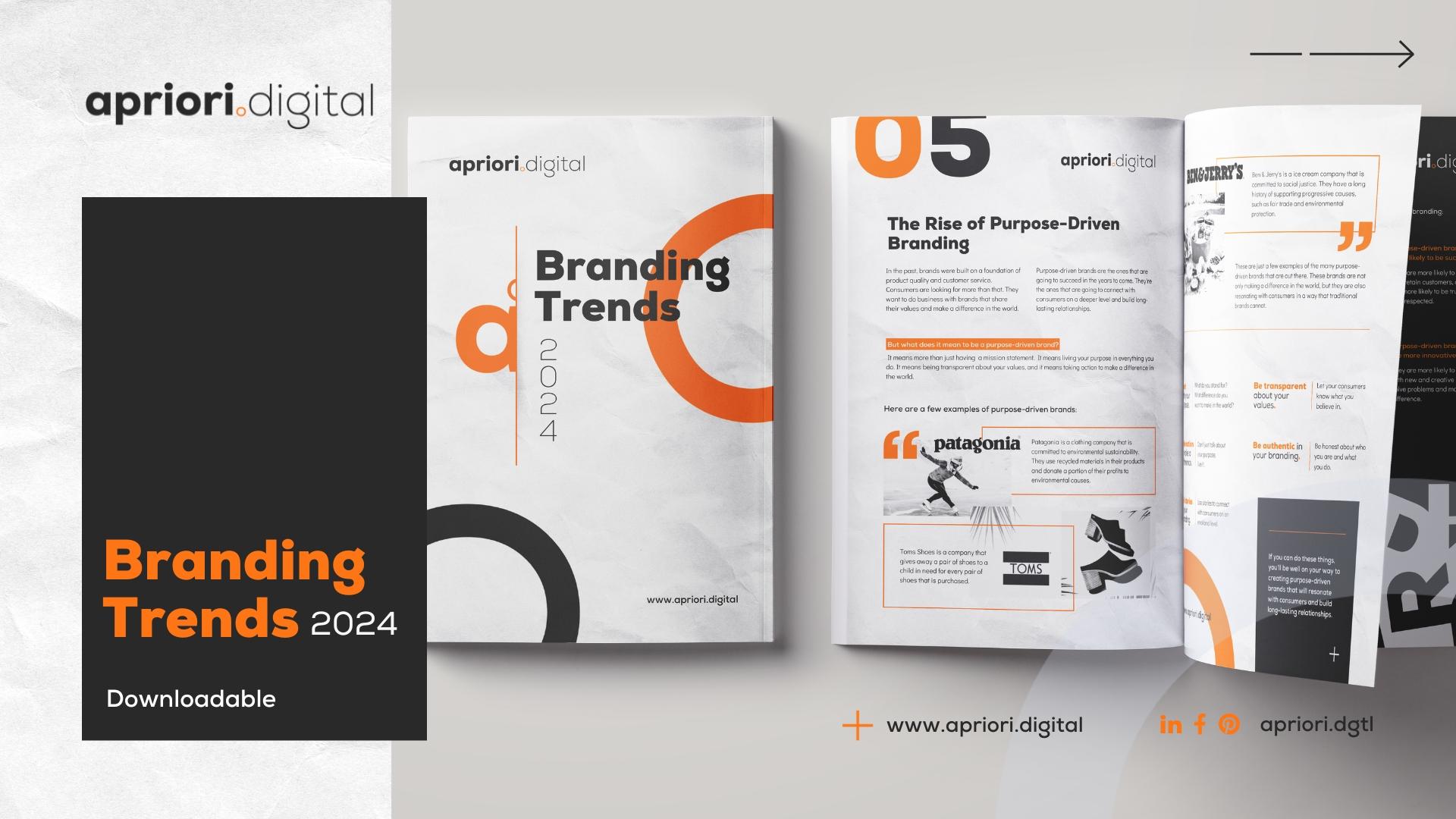The need for an intuitive, appealing, and informative website is paramount.
Fast Moving Consumer Goods (FMCG) brands have a unique challenge when it comes to web design: to effectively present products that are often purchased impulsively and frequently. The need for an intuitive, appealing, and informative website is paramount.
Now more than ever, having a visually captivating, user-friendly, and information-rich website is not just a bonus—it’s an industry requirement. But with myriad design approaches and strategies available, where should FMCG brands channel their focus? This guide, complemented by insights from our prior pieces, aims to serve as a north star in this complex journey.
Prioritise Clarity and Simplicity
FMCG products often cater to immediate needs. Your website should mirror this immediacy. In the world full of FMCG, where products are typically impulse purchases or daily essentials, web designs should resonate with this sense of immediacy and simplicity. It’s imperative to remember that users often visit these sites with a purpose—either to buy a product, glean information, or explore the brand’s offerings.
Within this context, every design choice, from color palettes to font styles, should enhance and expedite the user’s journey. A harmonious blend of aesthetics and functionality can craft a user experience that’s not just satisfactory but delightful, ensuring that visitors aren’t merely one-time users but evolve into brand advocates.
- Clear CTA Buttons: Each page should have a clear Call To Action, guiding visitors to make a purchase or learn more.
- Minimalistic Design: Overcomplicated design can distract. A clean layout keeps the focus on products.
Web Design by Apriori Digital
Optimise for Mobile Devices
With mobile traffic consistently on the rise, ensuring a mobile-responsive website isn’t just advisable; it’s imperative. As we’ve extensively covered in our How to Ensure Your Site is Mobile-Responsive article, a mobile-optimized website significantly enhances user experience, crucial for FMCG brands where quick purchase decisions are made.
Harness High-Quality Imagery
Visual appeal is paramount for FMCG products. Aesthetics can significantly influence purchase decisions, the power of high-quality imagery cannot be overstated. Today’s discerning consumers aren’t content with just textual descriptions—they yearn for a closer, clearer look.
Showcasing products in all their glory, detailing their features, and even placing them in real-world contexts can dramatically enhance user engagement. Such visual strategies, while amplifying the product’s appeal, also bolster the brand’s credibility, signaling a commitment to transparency and quality.
- Product Images: Utilise high-resolution images that showcase the product in detail. Allow zoom-in features.
- Lifestyle Shots: Display the product in real-life scenarios, helping consumers visualise its utility.
Integrate Social Proof
Word-of-mouth and recommendations play a significant role in FMCG purchases. Integrating social proof—a testament to the product’s reliability and efficacy from fellow consumers—can markedly elevate a brand’s trustworthiness. It’s a reassurance, a nudge, signaling that countless others have tried, tested, and approved, thereby instilling confidence in potential buyers.
- Testimonials: Display genuine customer reviews and testimonials.
- Ratings and Reviews: Allow customers to rate products and write reviews, building trust with potential buyers.
Focus on Loading Speed
A delay of even a few seconds can lead to potential customers abandoning your site. For FMCG brands, where every digital interaction can culminate in a sale, ensuring rapid website load times is indispensable.
A sluggish site can not only erode user trust but also dampen the overall brand perception. The digital experience, after all, is often a reflection of the brand’s broader ethos. A fast, glitch-free website underscores a brand’s commitment to efficiency, mirroring the reliability users expect from FMCG products.
- Image Optimisation: Use compressed but quality images to ensure faster loading.
- Limit Heavy Plugins: Too many plugins or unnecessary code can bog down your site. Regularly audit and optimise.
Seamless Navigation
An FMCG brand website often houses a range of products. Effective navigation ensures users find what they’re looking for with ease. An FMCG brand’s website often serves as a digital catalog, showcasing a myriad of products spanning various categories. Such diversity, while being a strength, can also pose navigational challenges.
Users, whether they’re first-time visitors or loyal customers, should be able to effortlessly traverse the site, locating desired products or information swiftly. In a digital ecosystem marked by fleeting attention spans, smooth navigation can spell the difference between a sale and an abandoned cart.
- Categorised Product Pages: Group similar products together for easy browsing.
- Search Feature: Implement a robust search feature, so users can quickly locate specific products.
Create Engaging Content
Beyond products, offer content that adds value and enhances brand identity. While products remain the cornerstone of FMCG brands, in today’s content-driven digital landscape, they’re just one piece of the puzzle. Beyond products, contemporary consumers seek stories, insights, and value.
Brands, through their digital platforms, have the opportunity to not just showcase products but also articulate their vision, values, and commitments. Whether it’s delving into the brand’s sustainability initiatives, sharing behind-the-scenes glimpses, or offering usage tips, engaging content can foster deeper consumer connections.
- Blog Posts: Share industry insights, brand stories, or product usage tips. This not only engages but also aids in SEO.
- Educational Content: How-to videos, tutorials, or even linking to relevant articles like our The Power of First Impressions in Branding can offer users more than just products.
Emphasise Brand Consistency
Your website should be an extension of your brand’s voice, tone, and aesthetic. An FMCG brand’s website isn’t just a digital platform—it’s a powerful extension of its identity. Every element, from color schemes to typography, should be in harmony with the brand’s core ethos and aesthetic.
Such consistency ensures that users, irrespective of their interaction touchpoints, receive a unified brand experience. It reinforces brand recall, fosters trust, and most crucially, underscores professionalism—a brand that’s meticulous about its digital presence is likely just as attentive to its products.
- Color Palette: Utilise brand colours consistently throughout the site.
- Tone and Voice: Ensure all written content, from product descriptions to blog posts, resonates with the brand's voice.
Secure and Simplified Checkout Process
The last thing you want is to lose a sale at the final step. The ultimate goal of most FMCG brand websites is conversion, transforming casual browsers into confirmed buyers. However, this journey can often be fraught with hurdles, with the checkout process being a notable pain point.
Ensuring a simplified, secure, and swift checkout process can significantly enhance conversion rates. In a digital age marked by rising cyber threats, emphasising security and safeguarding user data can also bolster brand trust.
- Multiple Payment Options: Cater to diverse preferences – credit card, PayPal, digital wallets, etc.
- Security: Emphasise security features, ensuring customers their data is protected.
Continuously Iterate Based on Feedback
Digital spaces, much like their real-world counterparts, aren’t static. They’re continually evolving, shaped by emerging technologies, user preferences, and feedback. For FMCG brands, this dynamism offers a valuable opportunity.
Consistently soliciting user feedback, analyzing website metrics, and staying attuned to digital trends can yield rich insights. Such data-driven insights, when coupled with user feedback, can pave the way for iterative improvements, ensuring the website remains contemporary, user-friendly, and aligned with the brand’s goals.
- User Feedback: Regularly solicit feedback on the user experience. Understand pain points and address them.
- Analytics: Use tools to understand user behaviour, bounce rates, and more. Adapt accordingly.
Designing an effective website for FMCG brands is a delicate balancing act, merging aesthetics with functionality, storytelling with sales, and vision with pragmatism. By integrating the aforementioned strategies and continually iterating based on insights, FMCG brands can ensure their websites aren’t just digital storefronts but powerful engagement hubs. These platforms can narrate compelling brand stories, foster deep consumer connections, and most importantly, drive sales and growth. And as always, the devil lies in the details, from the first impression as we discussed in The Power of First Impressions in Branding to ensuring mobile-responsiveness, every facet matters.





